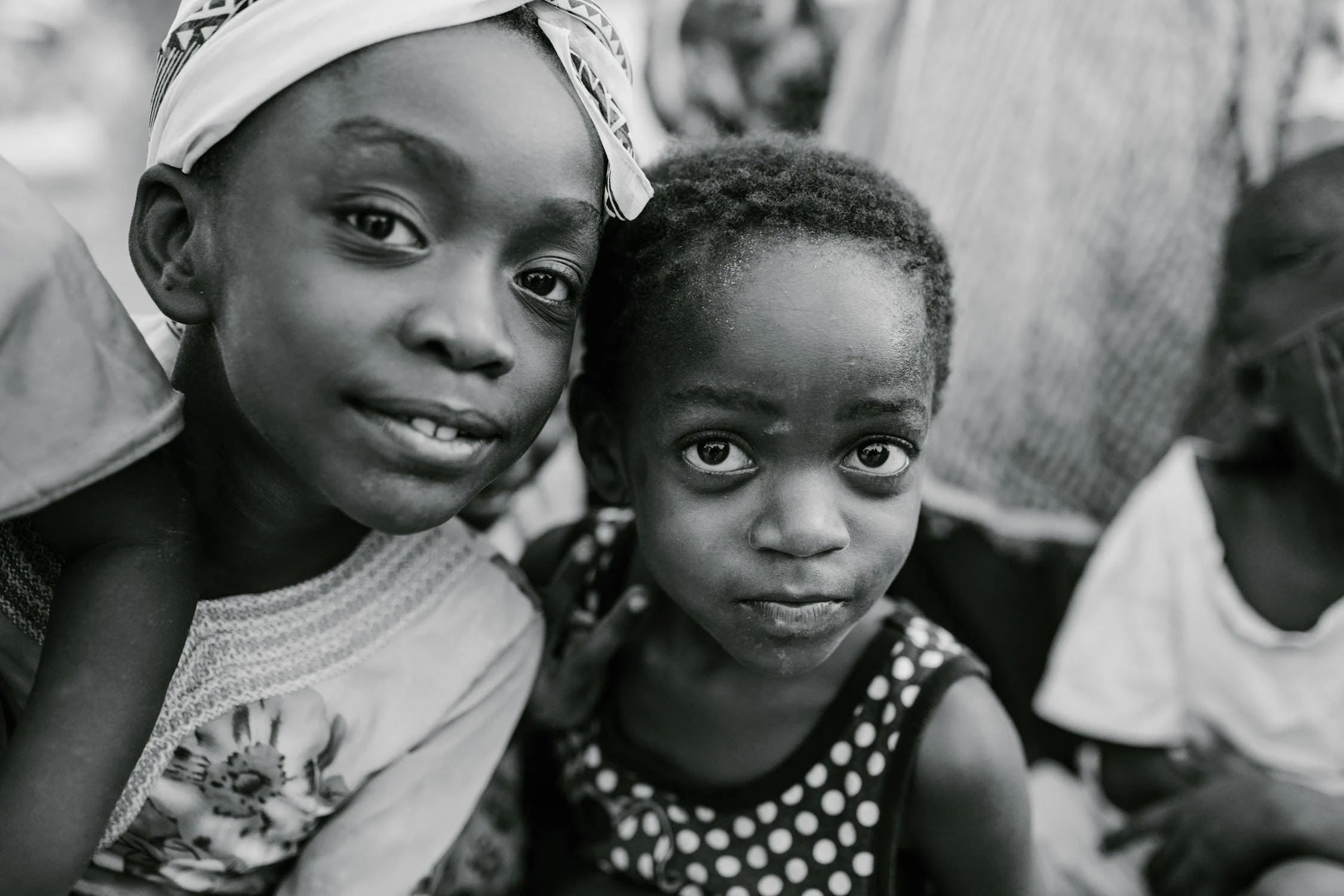Title: Giving is Living: The Enduring Wisdom of Generosity
In a world often characterized by individualism and self-preservation, the notion that "giving is living" serves as a timeless reminder of the profound impact of generosity on both the giver and the recipient. This age-old adage encapsulates a fundamental truth about the human experience: our lives are enriched, and our souls are nourished when we extend a hand to others in need.
At its core, giving is an expression of empathy, compassion, and interconnectedness. It transcends socioeconomic boundaries, cultural differences, and personal beliefs, uniting individuals in a shared experience of kindness and solidarity. Whether it manifests as a small act of kindness or a grand philanthropic gesture, giving has the power to transform lives and communities.
Research in psychology and neuroscience underscores the profound benefits of giving on our well-being. Numerous studies have shown that altruistic behavior is linked to increased happiness, reduced stress, and improved overall health. When we engage in acts of generosity, our brains release oxytocin, dopamine, and serotonin — neurotransmitters associated with positive emotions and feelings of fulfillment. Thus, the act of giving not only benefits others but also brings immense joy and fulfillment to the giver.
Moreover, giving fosters a sense of purpose and meaning in our lives. In a world fraught with uncertainty and existential questions, the act of giving provides a profound answer to the age-old query of "why are we here?" By contributing to the well-being of others and making a positive impact on the world, we find purpose beyond our individual pursuits and transient desires. Whether it's volunteering at a local shelter, donating to a charitable cause, or simply offering a listening ear to a friend in need, each act of giving reaffirms our interconnectedness and inherent capacity for compassion.
Furthermore, giving cultivates a culture of abundance and gratitude. When we approach life with a mindset of abundance rather than scarcity, we recognize that there is enough to go around and that our actions have the power to create positive ripple effects. By giving freely of our time, resources, and talents, we create a virtuous cycle of generosity that inspires others to do the same. In doing so, we contribute to the creation of a more compassionate and equitable world, where everyone has the opportunity to thrive.
However, it's important to acknowledge that the act of giving is not always easy. In a society that often prioritizes individual success and material wealth, acts of generosity can be perceived as counterintuitive or even sacrificial. Yet, it is precisely during times of challenge and adversity that the true value of giving shines brightest. Whether it's in the aftermath of a natural disaster, during times of economic uncertainty, or amidst personal hardship, the outpouring of support and solidarity from individuals and communities serves as a testament to the resilience of the human spirit.
In essence, "giving is living" encapsulates a profound truth about the human experience: our lives are enriched, and our souls are nourished when we extend a hand to others in need. Whether through acts of kindness, philanthropy, or simply being present for those around us, the act of giving has the power to transform lives and communities for the better. In a world that often seems fragmented and divided, let us embrace the timeless wisdom of generosity and reaffirm our commitment to building a more compassionate and equitable world for all.










